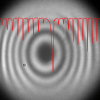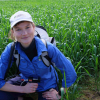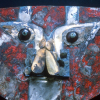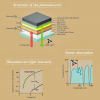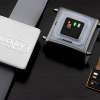
Medication errors are one of the most important problems that can significantly influence patient safety in health care. A very common source of medication errors is the mix‐up of “Look‐Alike and Sound‐Alike” (LASA) medication. Scientists at the Groupement Hospitalier Centre Edouard Herriot, Lyon, France have developed a new tool called Medicine Identification New Database (MIND) to quickly and accurately identify unlabelled medication, even by untrained individuals. This is especially important after the medication has been removed from its initial packaging and blister and then been placed in unlabelled dispensers for individual patients.
MIND consist of three modules to identify (1) commercial information (manufacturer, CAS number and active pharmaceutical ingredient), (2) organoleptic properties (type, shape, colour, size, weight) and (3) collect an ATR‐FT-IR spectrum of the medication to precisely identify the medication and counterfeit medication.
The backbone of the ATR‐FT-IR module is a reference spectra database containing more than 500 entries with extensive sample information. The spectra in this database were measured in the hospital laboratories and then transferred to S.T. Japan‐Europe, who converted it into the data formats for use with most instruments/software packages in the market. With the combination of these three modules, counterfeit medication and also medication with questions about its physico–chemical integrity and stability after long storage in varying conditions of temperature and humidity can be reliably discriminated, characterised and identified.









